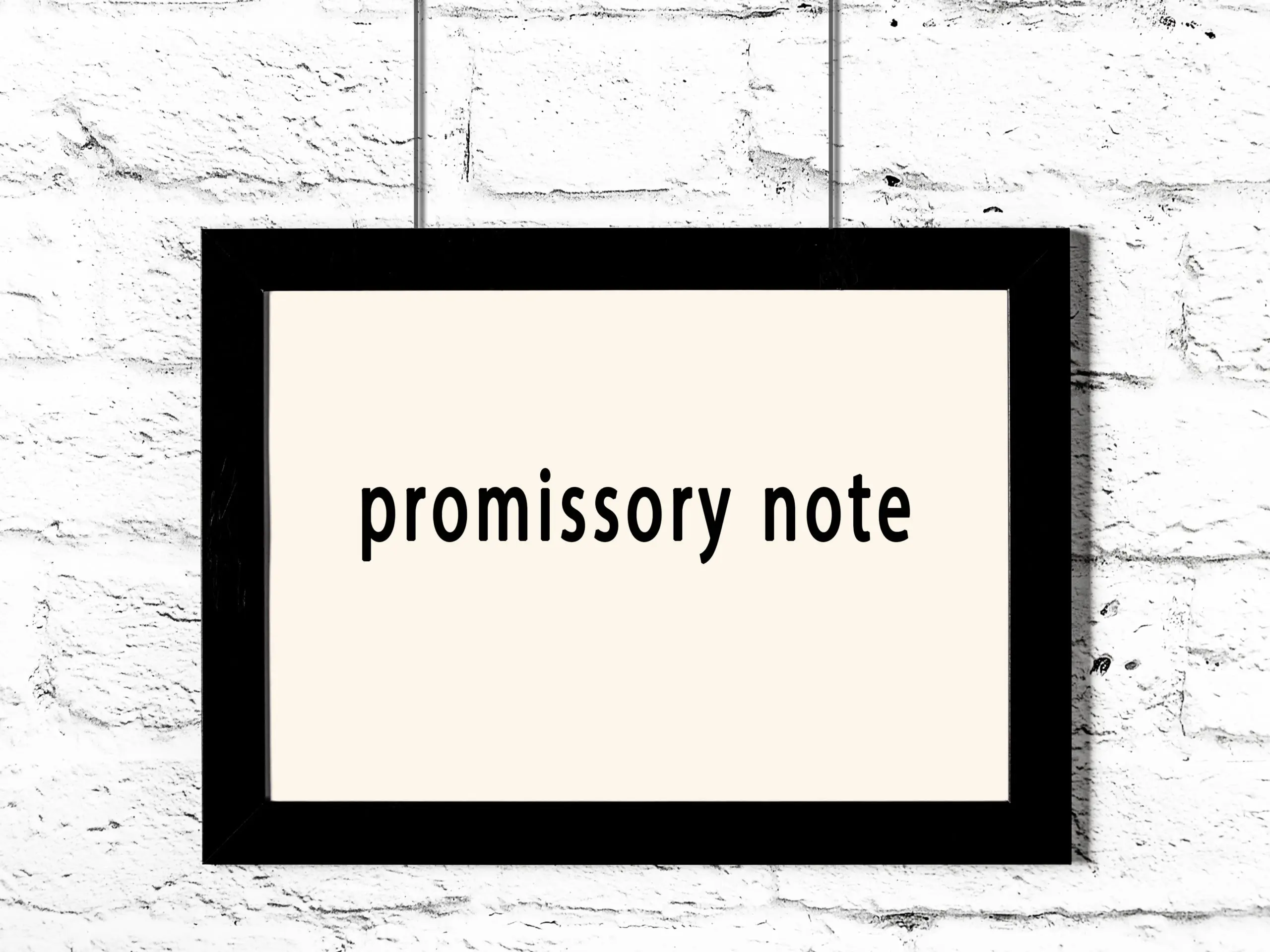
Note Lending Basics:
Looking to expand the options in your retirement plan? What about “Notes:”? A secured loan note, also known as a mortgage note or promissory note, is similar to a more advanced form of an IOU. With a loan note, the IRA, who is the lender, receives payments from a borrower over a certain period of time until the date that the entire loan needs to be repaid. A secured Note can be either collateral against residential real estate via a Deed of Trust or Mortgage, depending on the state the residential collateral is located in. If lending to a business entity, you might even choose to secure your loan against the company’s assets via a UCC-1 filing. If the Note is to be unsecured, the IRA would require a Hold Harmless letter to be signed by the account holder acknowledging the higher risk of loss involved in an unsecured Note.
Minimum required Note terms:
-Your Note should contain a defined 1st payment and maturity dates (i.e. month/day/year)
-Note payments should occur at minimum once per year (1 payment minimum every 12 months)
-Payment $ amount to be made should be indicated on Note
-Deed of Trust/Mortgage: account holder cannot be listed as trustee. Trustee must be a non-prohibited party to the IRA. You can read about prohibited parties HERE
The distinctions between lending and loan servicing:
Loaning Your IRA funds involves finding a qualified borrower. We often are asked how to find a borrower. This is something you will need to locate yourself. Working with professionals in the lending business and networking at Meetups, etc. can be an excellent path to finding qualified borrowers.
Loan Servicing refers to receiving the mortgage payments and then processing those payments. An IRA does not need to use the services of a company to receive mortgage payments. The payments can be mailed or wired to the IRA by the borrower. However, if the borrower becomes delinquent on the payments, or the IRA needs to foreclose on the property, an experienced loan servicer can be invaluable. Similarly, your IRA custodian will not provide a payoff demand when it comes time for the borrower to pay the loan in full. This is also a function of the loan servicer.
Who Pays Foreclosure Expenses?
When you loan your IRA funds you should ask yourself, “what happens if the borrower cannot repay the debt?” The IRA must pay for all expenses associated with the foreclosure. You cannot use any personal funds. Because you cannot provide “services to the plan” you will want to use a professional service to assist with the foreclosure to help insure it is being done according to local, state and federal laws. If not done correctly, you could experience delays or even the prevention the foreclosure from occurring. Here is a link to an article in Bankrate.com describing the foreclosure process. Click HERE
Best practices to mitigate loan lending risk:
Require a personal guarantee from the borrower.
Have the borrower demonstrate they have cash reserves and adequate income to repay the loan.
Have the borrower provide a current credit report.
Final Thoughts:
When you are deciding between retirement plans (or any decision regarding a retirement account) consulting a financial advisor is a very good idea. Feel free to contact us if you have questions about this or any IRA-related topic. We can send you information on how the retirement plan makes these investments. We can be reached at (866) 706-2798 or info@uDirectIRA.com.

